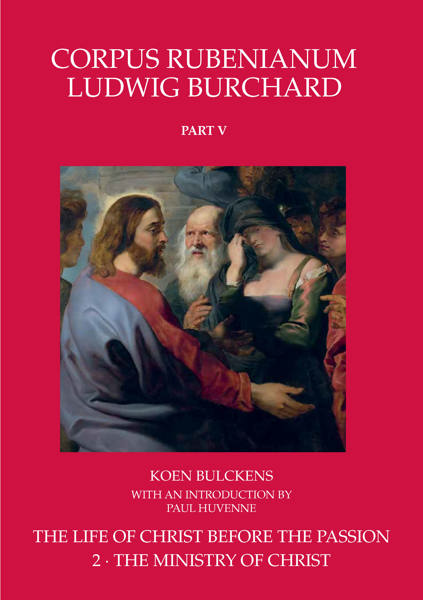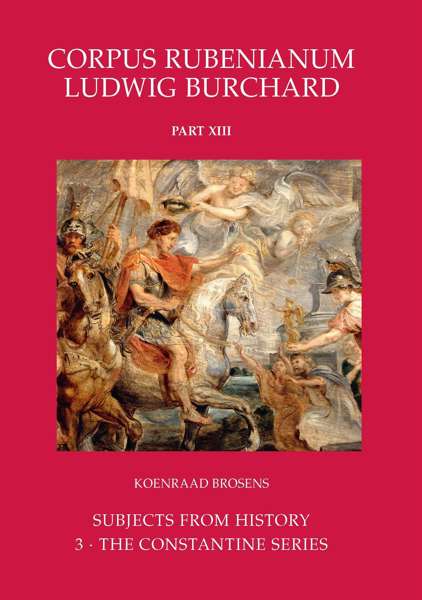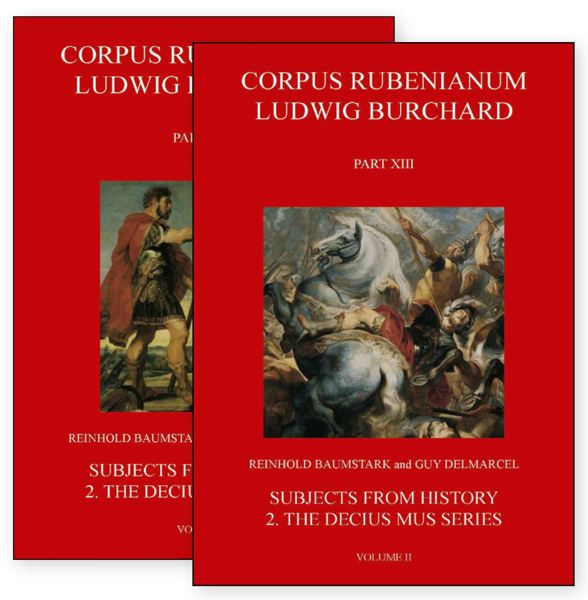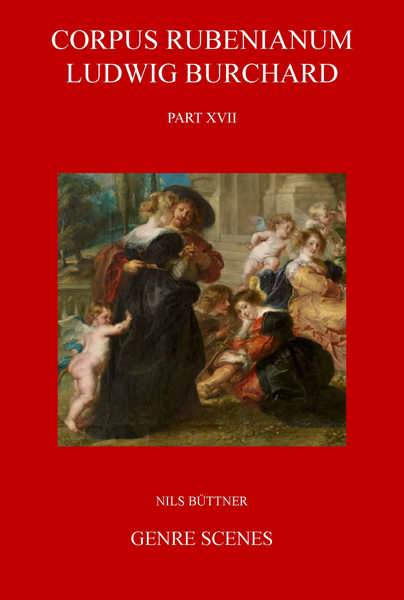
Subjects from History: The Constantine Series
Koenraad Brosens
- Pages: 400 p.
- Size:175 x 260 mm
- Language(s):English
- Publication Year:2011
- € 115,00 EXCL. VAT RETAIL PRICE
- ISBN: 978-1-905375-86-8
- Hardback
- Available
"The result pays off magnificently, resulting in a book which not only contributes another installment to the worthy Corpus Rubenianum Ludwig Burchard, but should also be recognized on its own merits as a vital account of the virtual rebirth of tapestry production in Paris (...)" (Elizabeth Cleland, in: Historians of Netherlandish Art, www.hnanews.org/bookreview/index.html, September 2012)
"In this book Brosens successfully bridges the gap between two traditional approaches, which tend to focus either on the sketches or on the tapestries as decorative objects produced by certain workshops. He discusses the manufacture of each tapestry and its commercial style, and interprets them not just as the result of the wishes of the artist or patron, but as the result of sophisticated entrepreneurial strategies. It makes this book a very stimulating read." (Pascal-François Bertrand, in: The Burlington Magazine, June 2013, p. 419)
In 1622, Rubens designed his second tapestry series, The Story of Constantine, for which he executed twelve oil sketches, all of which are currently preserved in public and private collections in America and Europe. Tapestries produced after the lost cartoons, which were in turn painted after the oil sketches, were woven in the tapestry factories in the faubourgs of Saint Marcel and Saint Germain in Paris. Based on new archival research and a critical examination of the literature on the Constantine series, this book firmly embeds the genesis, and iconographical and stylistic features of the set in its specific artistic, manufactural, and commercial matrix, and thus develops the first truly inclusive approach to Rubens’s Story of Constantine. Analysis of the entrepreneurial strategy of Marc Comans and François de la Planche, directors of the factory in the faubourg of Saint Marcel, the correspondence between Rubens and Peiresc, the provenance of the twelve oil sketches, and the iconographical programme reveals that the series was not commissioned by the French king Louis XIII, as has long been believed, but by Comans and de la Planche. A close reading of Rubens’s primary literary source, Caesar Baronius’s Annales Ecclesiastici, shows that the artist must have intended the twelve scenes to hang in a sequence different from the generally accepted one, though seventeenth-century buyers and viewers could have seen and interpreted the Constantine series quite differently, as their view was distorted by the jumble of Constantinian legends and motifs that had lodged in the cultural memory of Latin Christianity. Finally, the book explores the area of tension between the set’s austere monumentality and highly sophisticated aesthetic, which was rooted in Rubens’s profound knowledge of classical and Renaissance art and in his earlier forays into the free and creative application of these sources, contemporary French and Brussels tapestry sets, and the pictorial and decorative qualities, possibilities and challenges inherent in the medium itself.





